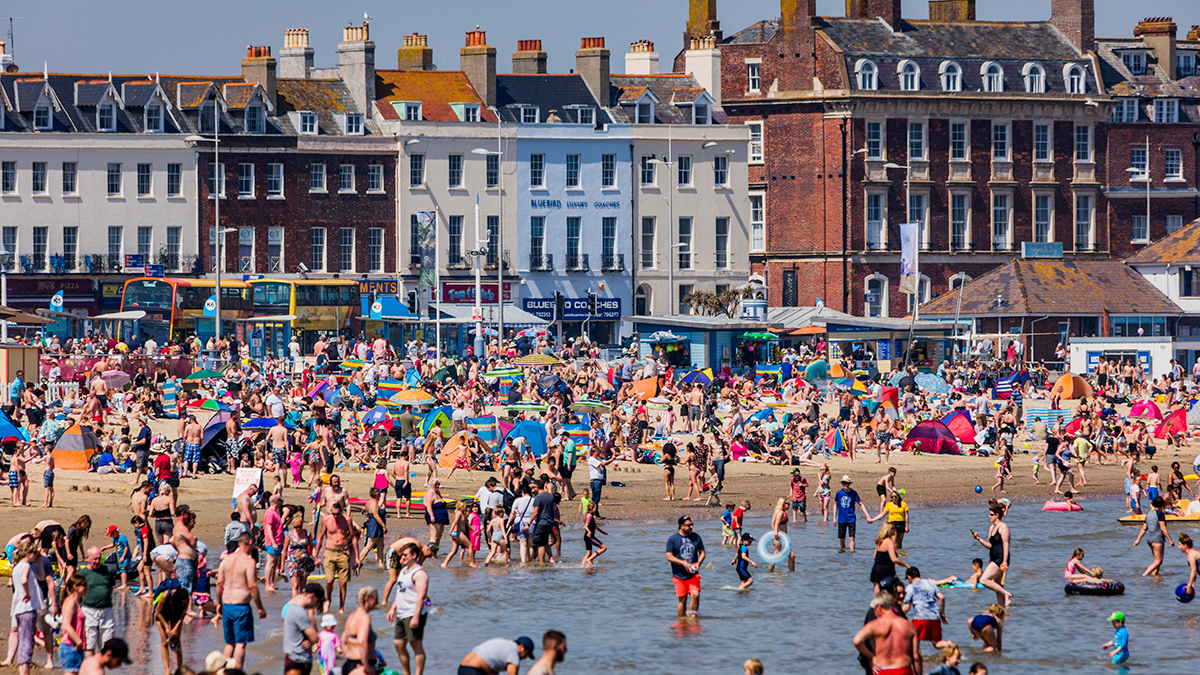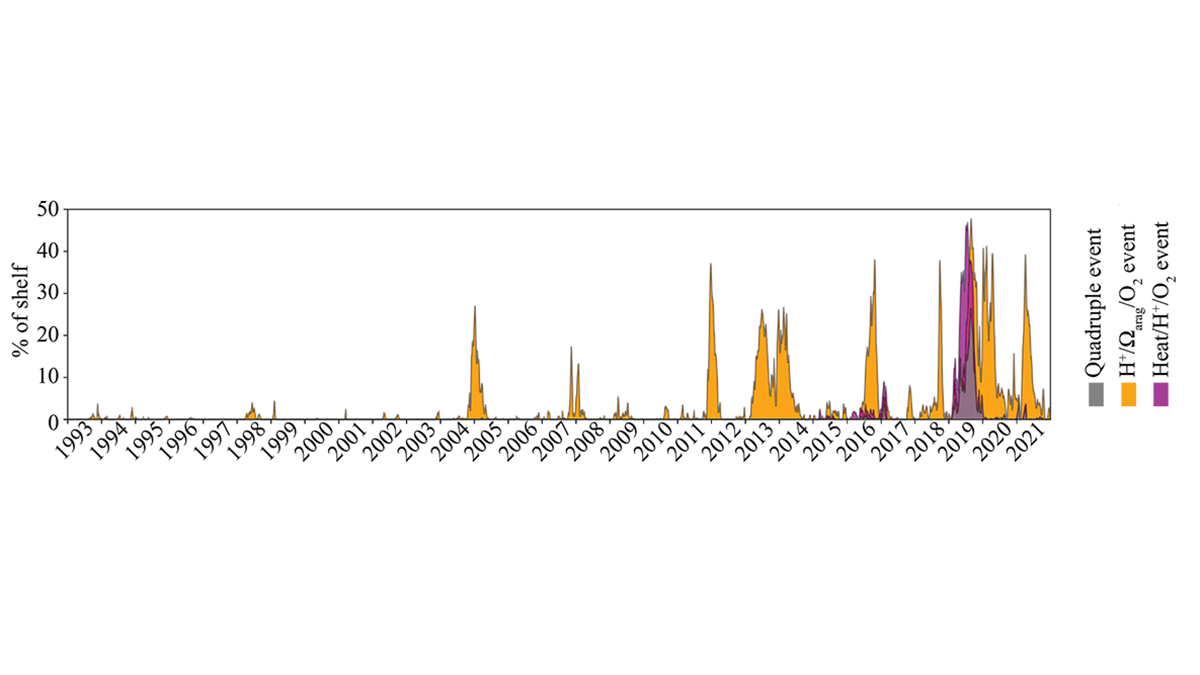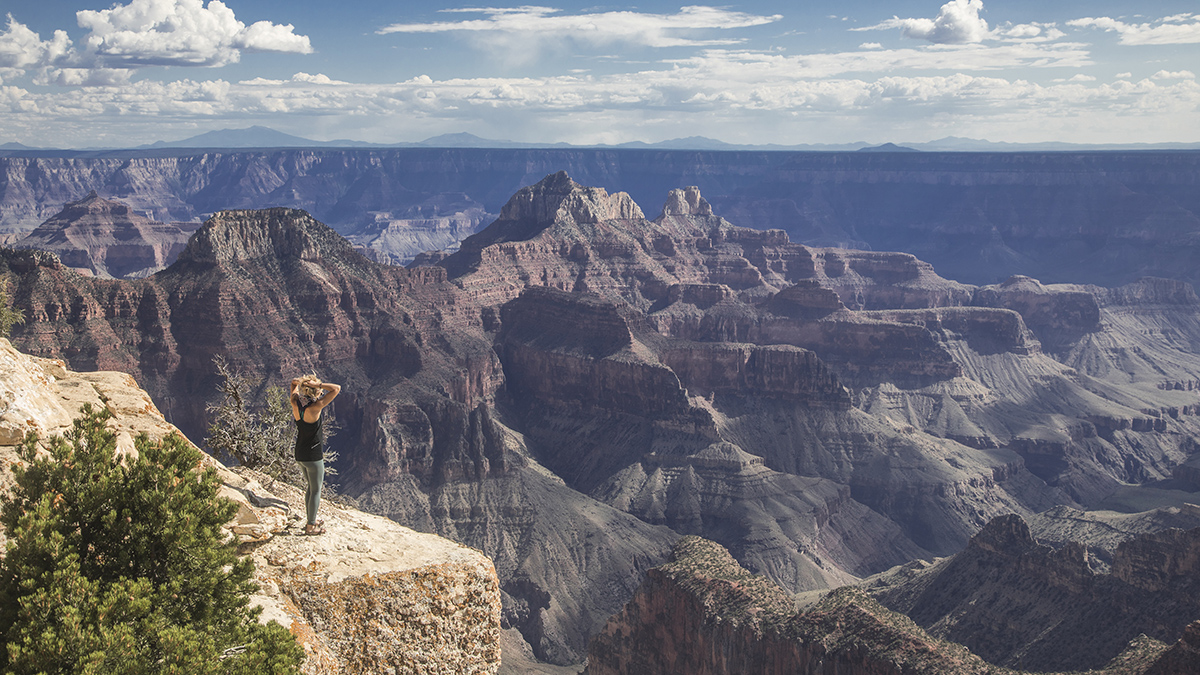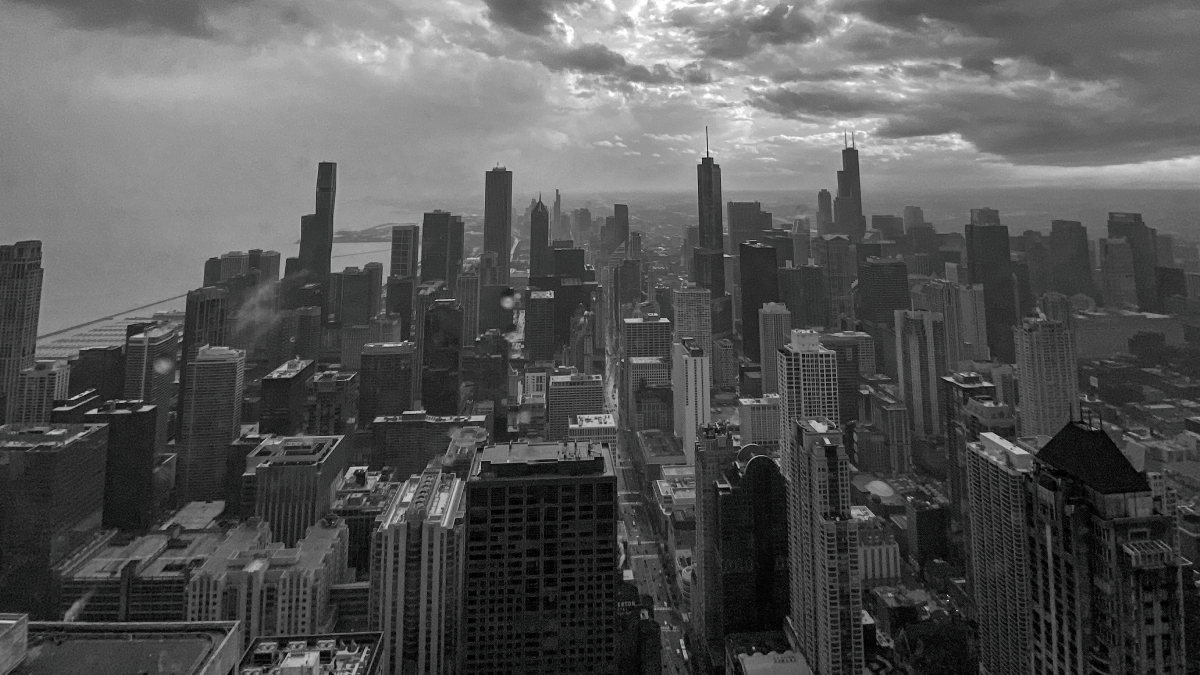Researchers introduce a new variable to quantify the relative contributions of heat and humidity to humid heat.
heat waves
Expecting the Unexpected Could Help Us Prepare for Climate Extremes
A new paper argues that too little consideration of high-impact, low-likelihood events has left us unprepared for the worst of climate change.
“How Did We Miss This for So Long?” The Link Between Extreme Heat and Preterm Birth
Heat waves are making pregnancy more dangerous and exacerbating existing maternal health disparities.
Melting Ice in the Polar North Drives Weather in Europe
Influxes of meltwater into the North Atlantic eventually lead to warmer and drier conditions over Europe.
Compound Extreme Events Threaten Marine Ecosystems
Short-term extreme marine heat wave events superimposed on stressors from longer-term climate change produce compound extreme events that impact the Gulf of Alaska ecosystem.
Spring Heat Waves Pack a Punch for Snowpacks in the Pacific Northwest
New research shows how the snowpack loss due to moderate springtime heat waves outweighed that of a record-shattering summer heat dome.
The Unfair Share of Shade in California’s Central Valley
Researchers find that disadvantaged communities in Fresno are significantly sunnier and hotter than wealthier ones.
La desigualdad del estrés por calor
Residentes de vecindarios históricamente marginalizados enfrentan mayor estrés por calor que los de otras áreas.
Grand Canyon Heat May Become More Dangerous
Climate change may double the risk of heat-related illness at Grand Canyon National Park by the end of the century.
Underground Heat Could Be a Problem, or a Perk, for Chicago Buildings
Heat released by old and inefficient Chicago buildings could, if harnessed, be an energy solution.










